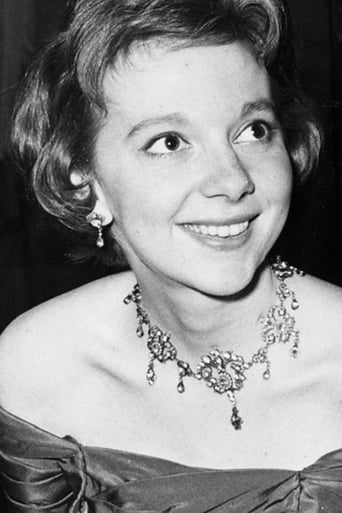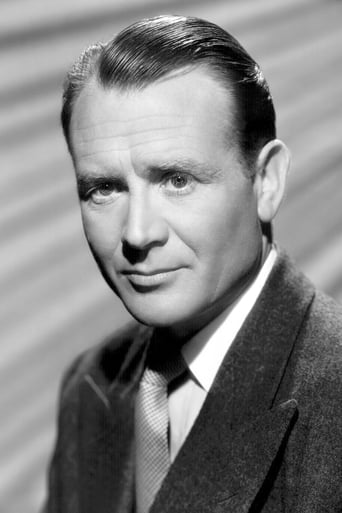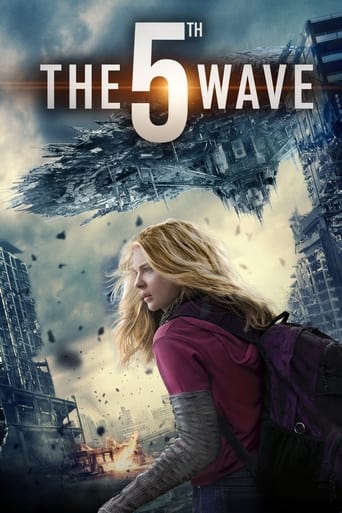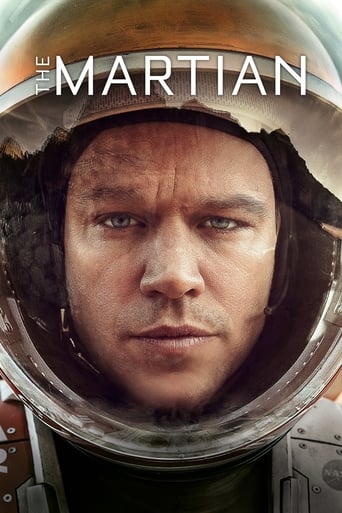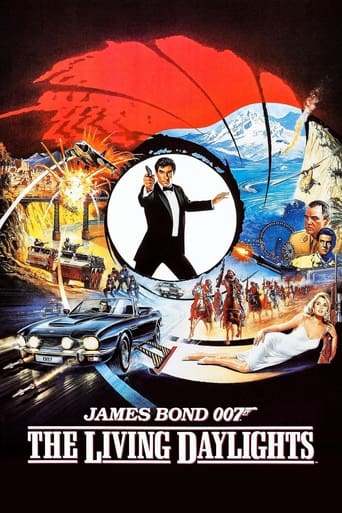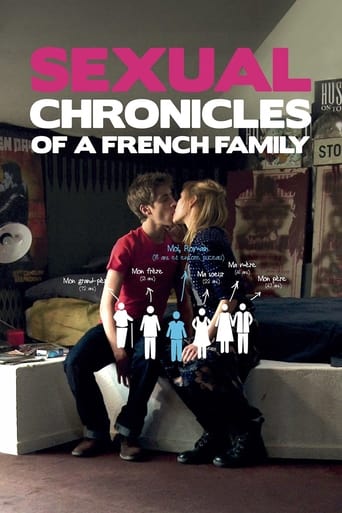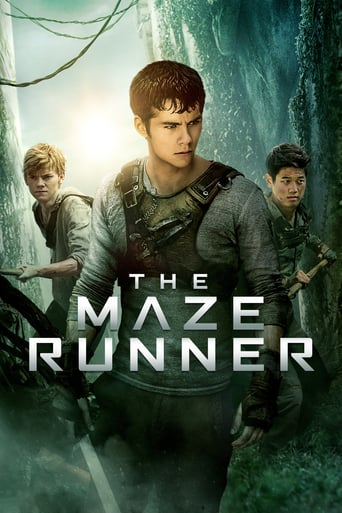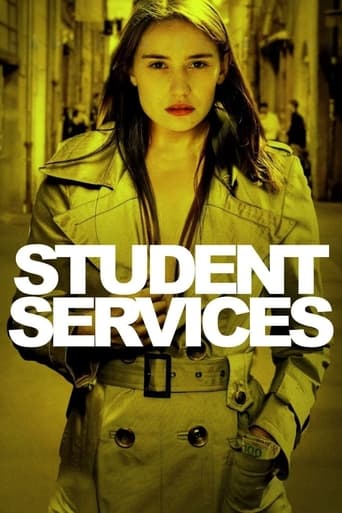

A Tale of Two Cities (1989)
A pair of lookalikes, one a former French aristocrat and the other an alcoholic English lawyer, fall in love with the same woman amongst the turmoil of the French Revolution.
Watch Trailer
Cast
Similar titles
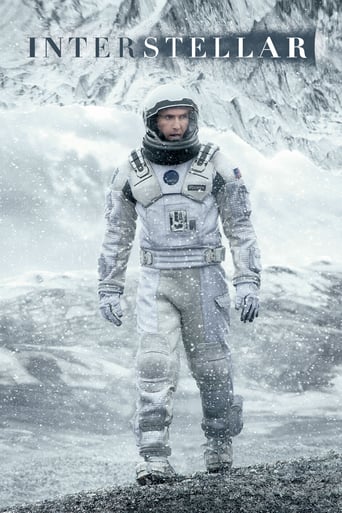
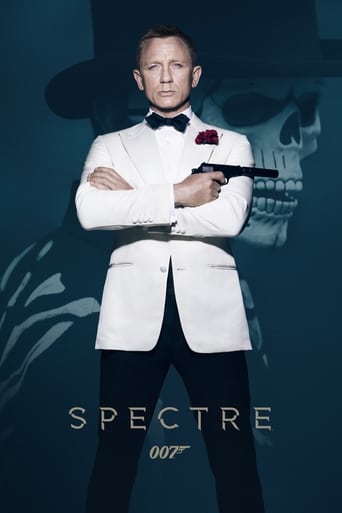
Reviews
Very Cool!!!
Simply A Masterpiece
Best movie ever!
This movie tries so hard to be funny, yet it falls flat every time. Just another example of recycled ideas repackaged with women in an attempt to appeal to a certain audience.
Of the six adaptations of A Tale of Two Cities seen, in personal ranking this one is number 3, number 1 is the 1935 film and number 2 is the 1958 film. The Paul Shelley adaptation is very good on the most part, Chris Sarandon's is decent while the Burbank Films Australia animated adaptation is the only one below average. This mini-series is not perfect, the biggest flaw is the execution of the mob scenes which are under-populated, unexciting and tension-less, almost too polite. Some of the hair-styles are on the wacky and anachronistic side(too 80s-looking). The costumes and sets are accurate and are rendered lovingly, and helped by the fluid photography. The music is haunting, beautiful and emotional, especially in the poignant final scene. There is also a very literate and thoughtfully adapted script and the direction is mostly competent apart from the mob scenes. The adaptation is faithful to Dickens' very concise if initially complicated book while not forgetting to give the storytelling life. The tragedy is very affecting(the ending is a tear-jerker as it should be) and the suspenseful moments quite intense, Cruncher's funny moments are judged well. The acting is good on the most part. James Wilby, Xavier DeLuc and John Mills stood out. Wilby's Sydney Carton is handsome and movingly characterised, DeLuc is dashing and succeeds in not making a far less interesting character dull and Mills is wonderfully sympathetic that you are touched by his presence. Serena Gordon's Lucie is very tender, Kathy Kriegel is a very bat-out-of-hell Madame DuFarge, Anna Massey is perfect as Miss Pross, the Cruncher of Alfred Lynch is sly and hilarious, Jean-Pierre Aumont evokes sympathy too and Jean-Marc Bory is a creepy Evremonde. The idea to mix English and French actors was a great one and it paid off, something that it does better than the other adaptations. In conclusion, not perfect but a very good adaptation on the whole. 8/10 Bethany Cox
I think the commenter from Florida may be discussing the awful film made for television in the early '80s. This mini-series made in 1989 does not have no-name B-list actors. They are all superb British and French actors. I would just caution people that they need to be aware which version they have gotten hold of to watch. The costuming is they only thing that seems a little out of place in this version. As to highlights of this version, I would have to say that James Wilby as Sidney Carton does excellent work. He is actually heartbreaking to watch. It is easy to make this pivotal character much too maudlin, but this is not the case here.
It's pretty good, actually, and long enough to have some of Dickens' subplots and subincidents covered in more detail. Plus it was filmed in England and Bordeaux. Yet, without knowing exactly why, I think I'd prefer the 1935 version with Ronald Coleman.It's a little tough on the endurance factor to sit through an entire miniseries that depends almost entirely on talk, intrigue, treachery, and politics. The 30s version compresses much of the story and makes it easier to follow. There were times during flashback in this miniseries that I was confused about who was who and what exactly was going on.And in some curious way, the earlier set-bound Hollywood version looks more believable than the real location shooting. Yes, okay, those are real French streets we're looking at here, but the Hollywood streets look the way real French streets OUGHT to look. I should mention in passing that Dickens took some pains to set up his first scene. In the novel he paints an evocative picture of a stagecoach, its horses struggling to pull it up hill through the mud, the passengers walking beside it through the night, with frosty breaths. An unknown horseman approaches. The coach driver unlimbers his blunderbuss, fearing a highwayman, but the rider turns out to be a harmless messenger. That initial scene is there for a reason. It prefigures the confusion and mixed identities that are to follow. They captured the scene in 1935, but here the meeting simply takes place during the peaceful daytime transit of the coach.The performances in the 1935 version were sometimes extraordinarily hammy. Madam LaFarge is straight out of a DeMille silent movie. Here they are Britishized, quiet and understated. If Jarvis Lorry, the banker, was played in 1935 by an actor who looked mean and kept everyone at a distance, it made the ultimate revelation of his humanity more poignant. Here the businessman is John Mills, a kindly, soft-spoken, sympathetic character from start to finish.The principals too don't really measure up to the original cast. Ronald Coleman is a magnet on screen. In this version Sidney Carton is quiet, not nearly dissolute enough, and looks disturbingly like Timothy Hutton. Lucie is a dud in both versions, as was her character in the novel.Dickens has given us a good story, one in which the Brits, while hardly flawless, are above the nastiness of the Parisians. It seems to be in the nature of revolutions to be excessive. And how human beings DO love seeing people get their heads lopped off at public executions. The people being killed of course are always "the enemy." Of course, since we are all someone's enemy, it puts every one of us at risk. What's truly repulsive is not so much the enemy's end. Everybody must die sooner or later. It's the pleasure that the executioners derive from the death.If we look at the human brain we see what looks like a walnut, the cerebral cortex, whose chief function seems to be to damp down the impulses generated by the lower-level reptilian brain, the part that wants nothing more than to eat, sleep, satisfy its sexual urges, and kill.If we run out of political reasons to take vengeance, we pass beyond the pale into the personal, as Madam DeFarge does. In both versions of this story, I am all for M. DeFarge, who sits alone in his tavern while the blade of the guillotine continues its ghastly work and mutters over and over -- "Enough is enough." If you must pick one of the two versions to see, I'd advise checking out Coleman in 1935. This one isn't bad at all, but it does have its longeurs.
I just want to say that this movie made a great difference in my life. Sydney Carton (James Wilby) touched my heart with the depth of the look of his eyes. Many times i felt just like him, drunken, wasted & that i did nothing good or useful to be remembered by, no one will weep for me so i guess i felt he's a part of me & that is all because of Wilby's wonderful performance. The music was really really great too. I felt it touched my soul. It made me cry a lot. Every time i see this movie i cry over & over again. Everyone played their roles perfectly that it could have never been better. This is my best movie ever. I just love it & feel it.
